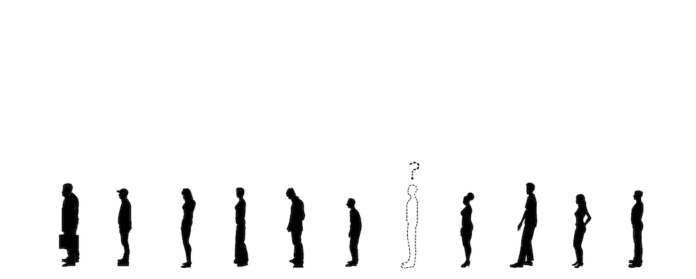It’s no surprise the federal government under former President Trump lacked any sort of vaccination distribution plan to effectively vaccinate American citizens. The Centers for Disease Control and Prevention (CDC) released a tiered system, with categories of priority for groups to get vaccinated, and states were to follow this organized flowchart. While logical in theory, the execution has entirely lacked structure and timeliness, leaving many to wonder if they will ever get their first dose. I have a hard time criticizing Americans who have taken their own initiative to get vaccinated.
My grandparents, ages 77 and 78, who are Georgia residents and eligible for their vaccine, had to go to the grocery store pharmacy at 8:30 p.m. to take a no-show’s shot because every appointment that week had filled by 6 a.m. Monday. Pharmacy workers told them they distributed leftover doses at the end of the day to people shopping in the store, as well as their own employees. This is because when a vaccine vial is diluted and pulled from the fridge, it must be used within two hours if at room temperature, or five hours if refrigerated; otherwise, it has to be tossed in the trash. This brings up an ethical question: how does a vaccination site honor the tier system without wasting viable doses? Since the end goal is herd immunity and mass inoculation, it only makes sense to vaccinate as many people as quickly as possible.
It would be senseless and disrespectful to blame anyone but the federal government for this situation. Doctors, nurses, volunteers, first responders and public health officials have worked tirelessly since the pandemic started — with no end in sight. While the vaccination plan lags in states like Georgia and California, residents have decided to take matters into their own hands instead of holding out for the federal government to supply help. Those who are eligible have a hard time finding an appointment, and some who are not yet eligible tailgate for hours on end outside sites, hoping to get the leftover vaccines at the end of the day from the no-shows. In Georgia and many states, getting a vaccine for those who are eligible can feel like playing the lottery, hoping to win the Mega Millions. Whether it’s double-booked appointments, late cancellations with no notice or a lack of systematic organization, vaccine inventory and the demand are here, but the implementation is subpar at best.
I agree that people who are not yet eligible are right to wait for leftover doses at the end of the day. It’s completely ridiculous that American citizens have been left in a position by the federal government where this would even be an option — but it is. Dangling a prize above the heads of the American people but keeping it just enough out of reach that many cannot get it is not right. It’s also important to acknowledge the impact the poorly managed distribution has had on BIPOC families, who have been affected by the pandemic at disproportionate rates compared to white people and are now seeing the same inequity in vaccine distribution. Time and time again, the federal government had no trouble ensuring its own safety and success — with members of Congress in their 20s getting vaccinated before America’s elderly — but left its communities, especially communities of color, with no support in gaining immunity from COVID-19. While there have been small successes in many states, my home state of Georgia is one of many who cannot seem to move past Tier 1B, for vaccinating those 65 and older.
At this point, everyone is wondering how to fix this crisis. The volunteers at vaccination sites are tirelessly working multi-hour shifts with little to no improvement in case numbers. The COVID-19 pandemic has been an uphill battle, with the hill on fire and acid rain pouring down simultaneously. Because the federal government under former President Trump continuously ignored cries for help, the burden of this pandemic has only become greater for healthcare workers. The end goal for all of us is mass vaccination, but with the current system in place, it feels like this will be a continuous part of our lives. It would be callous to turn on each other now when we have come this far in the process. We must have an equal understanding of the fear and anxiety that comes with this pandemic. Instead of directing our fury to those lucky enough to wait out the day and get the extra doses, let us hope the new, more educated administration will realize the faults in the current system and lay the emergency groundwork for more efficient production and distribution. The only way out is through mass-inoculation, and I hope for all our sakes this pandemic comes to an end soon.
![]()




































